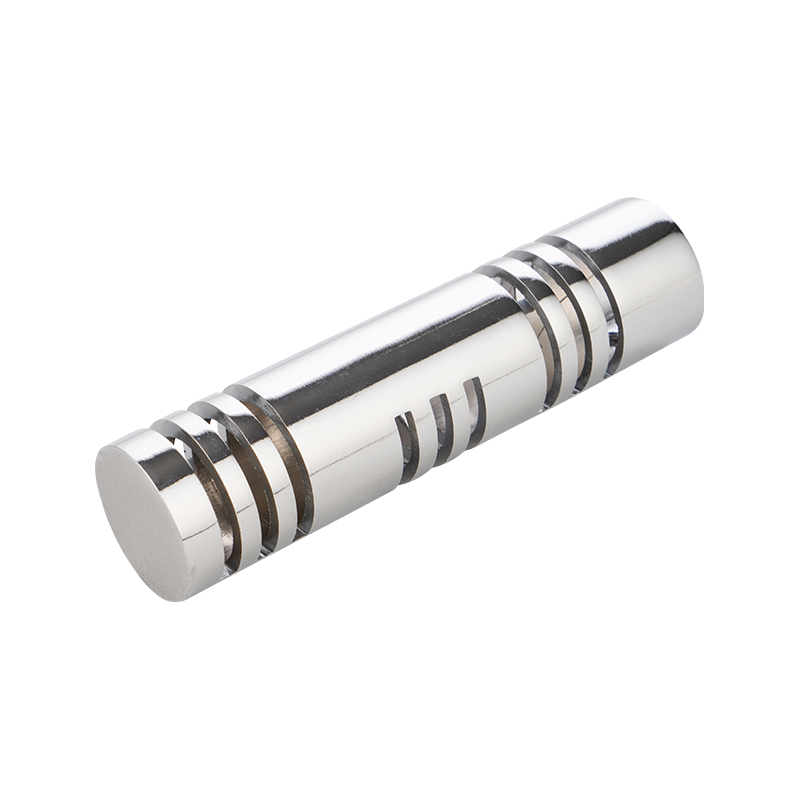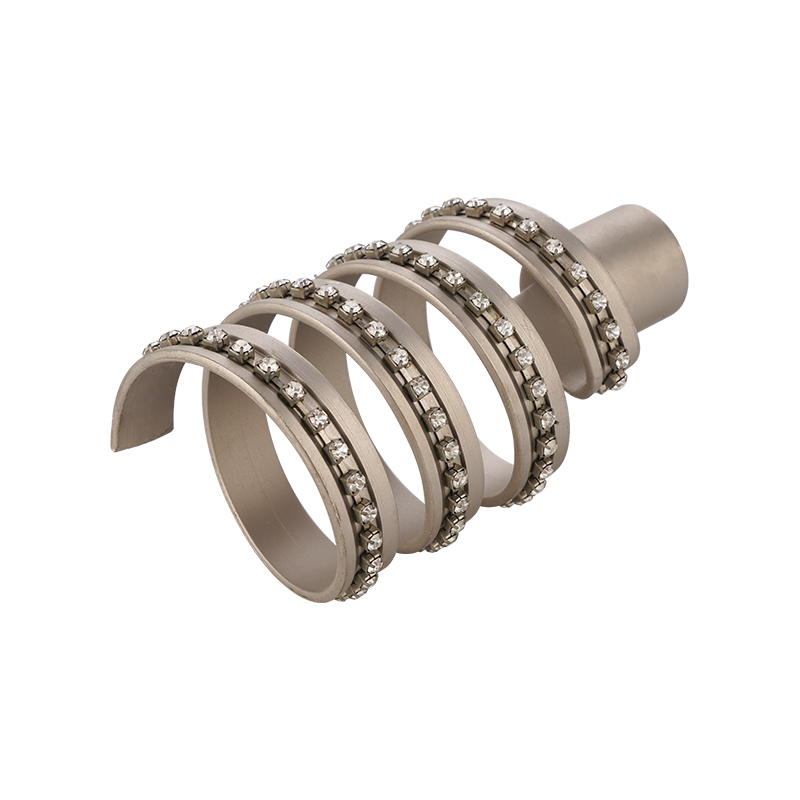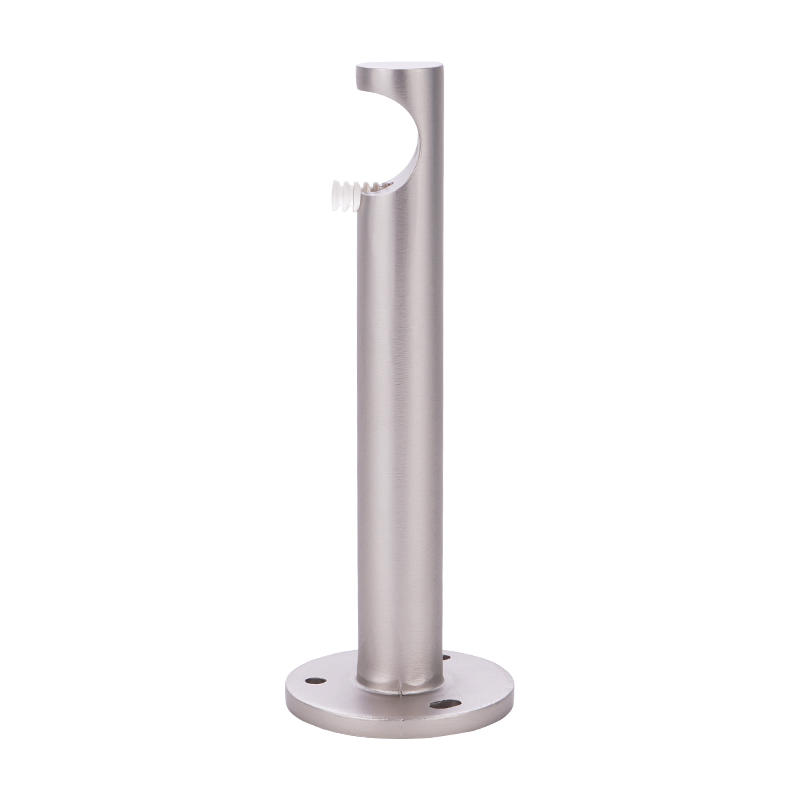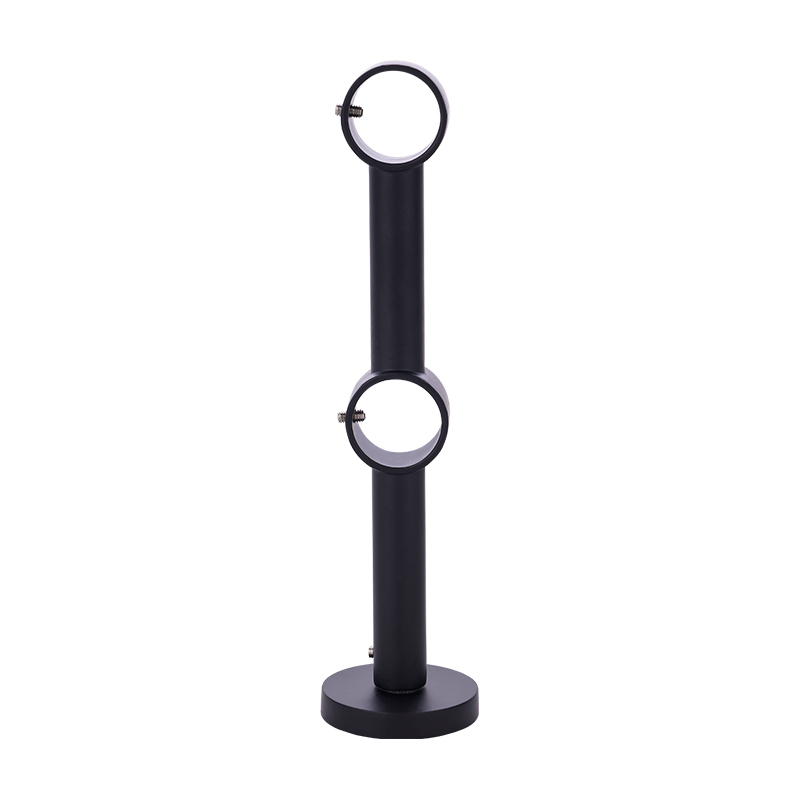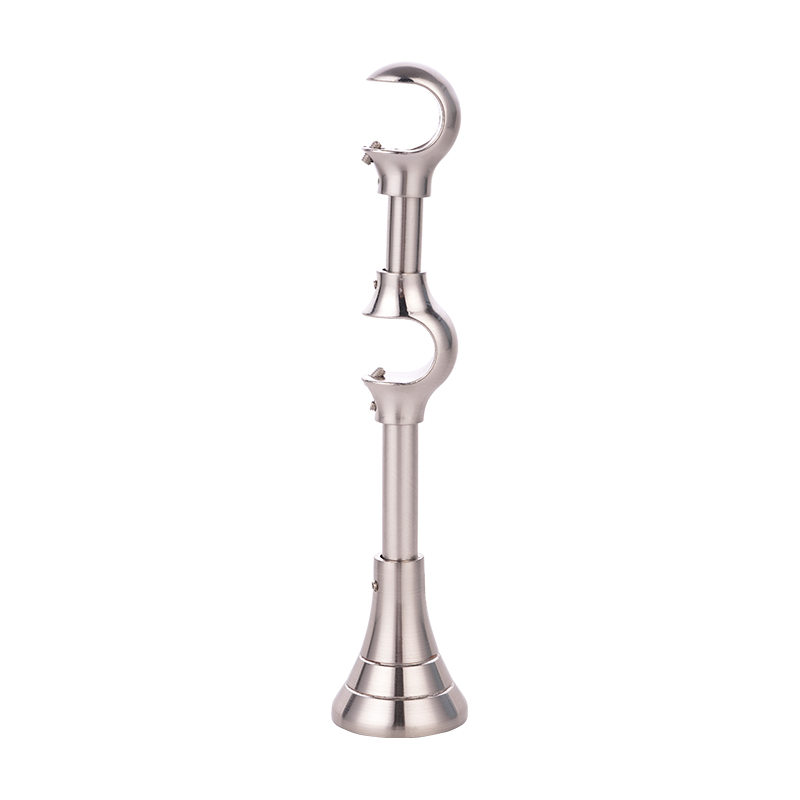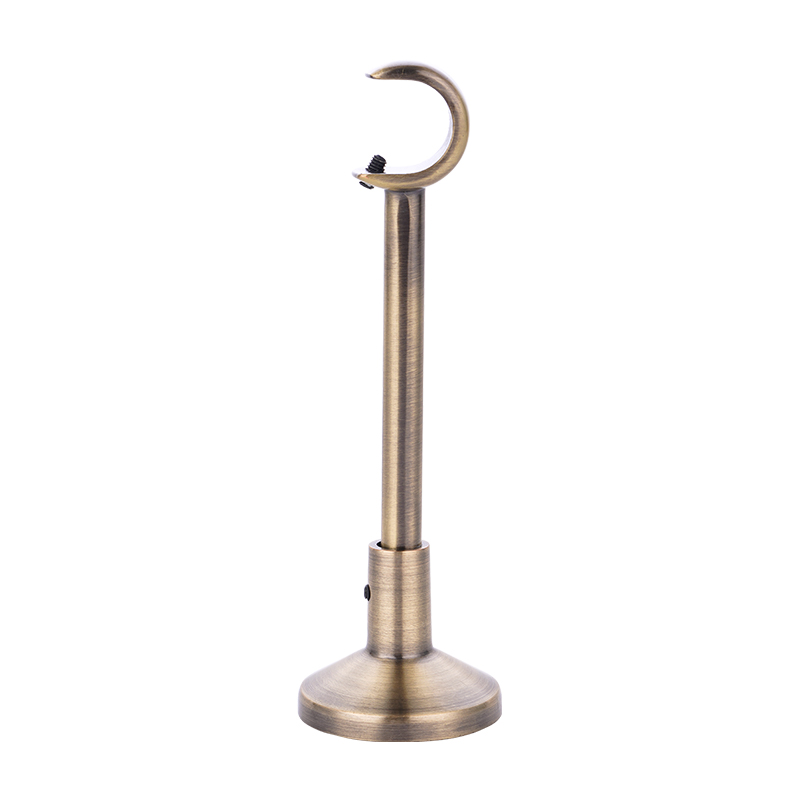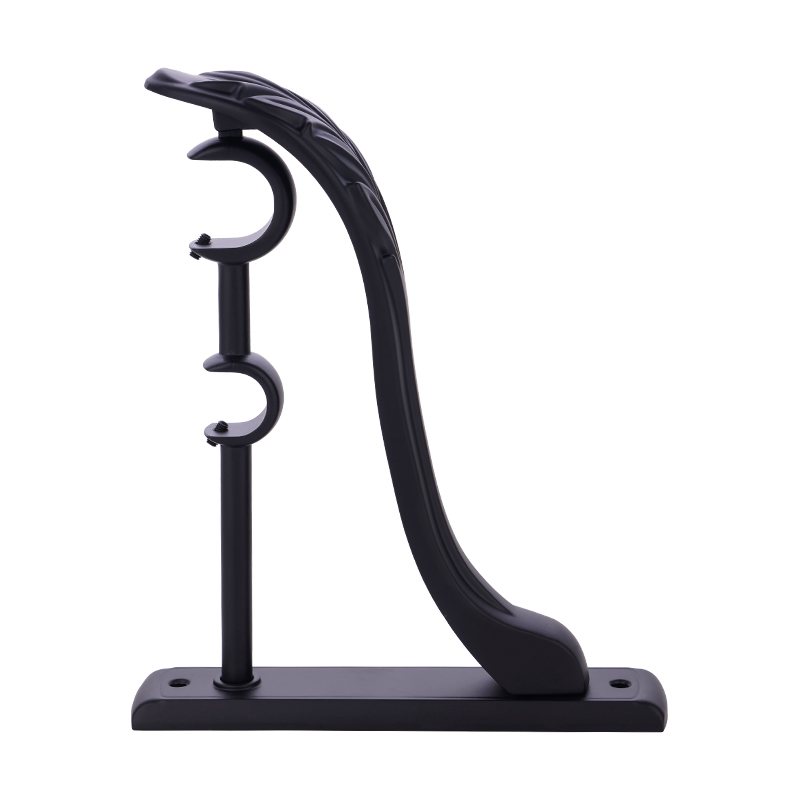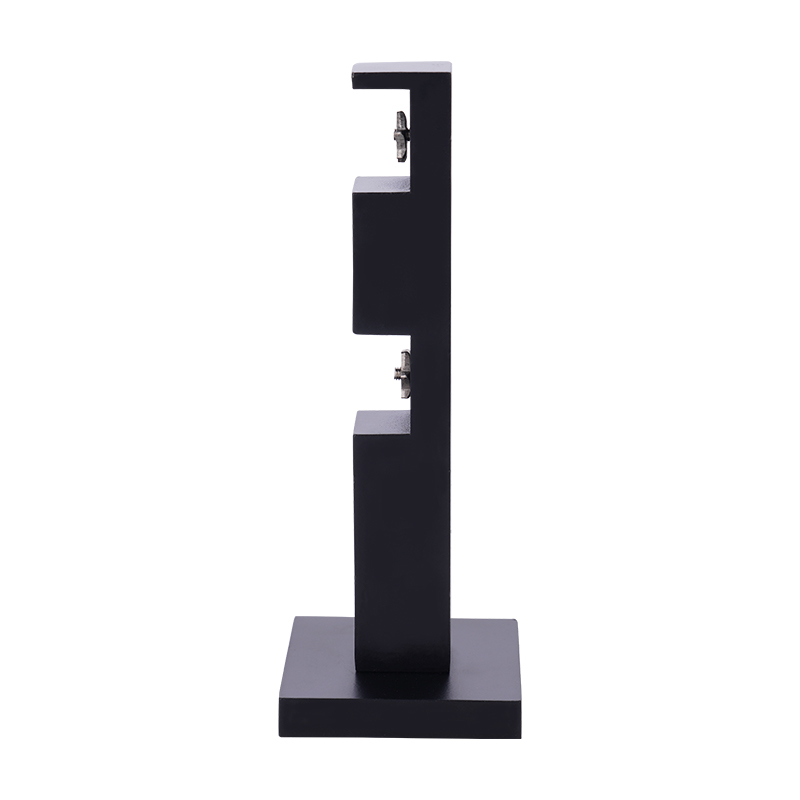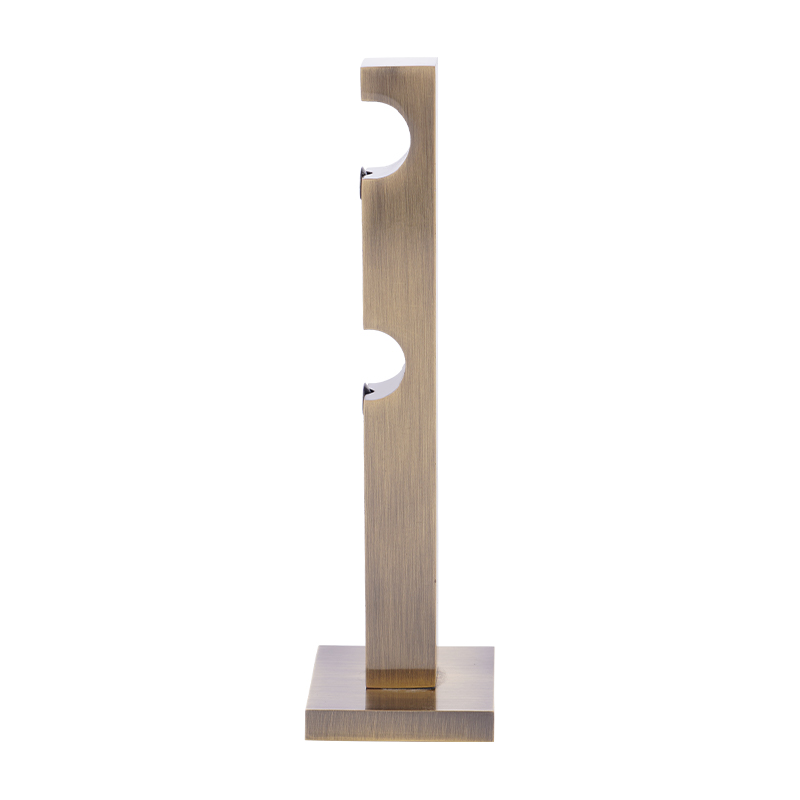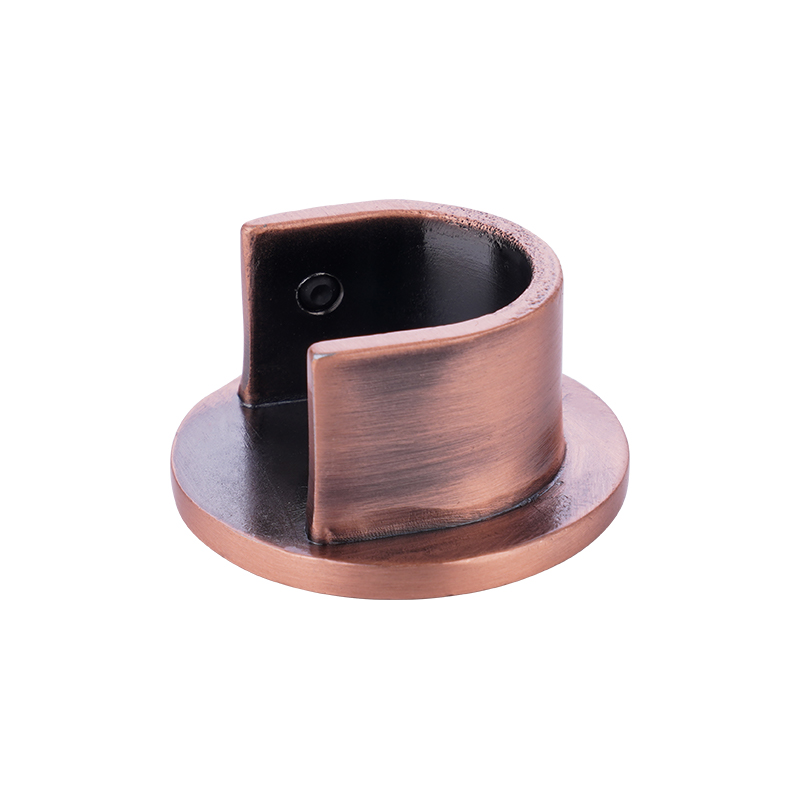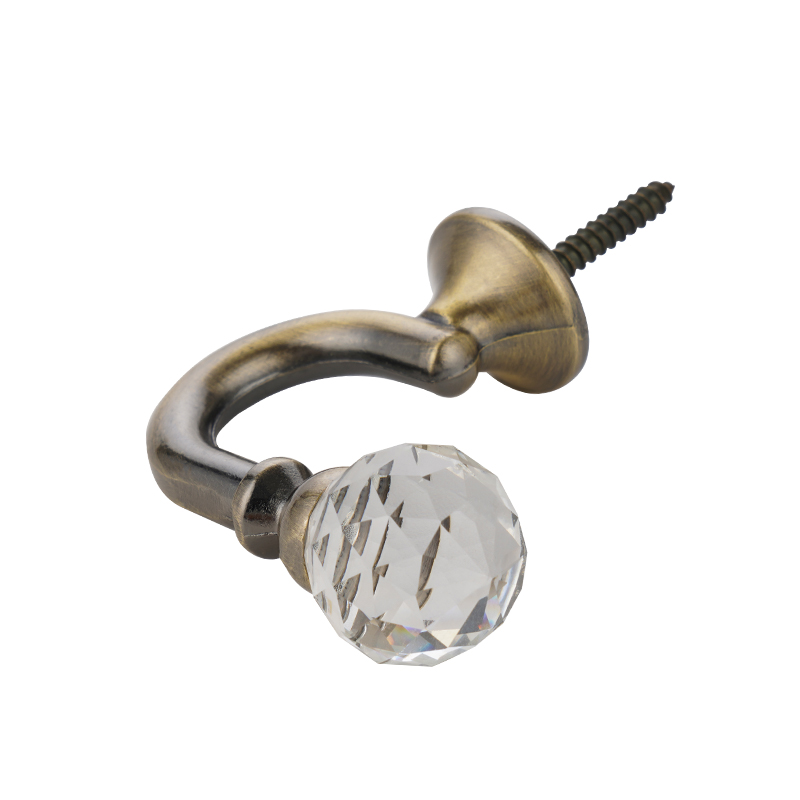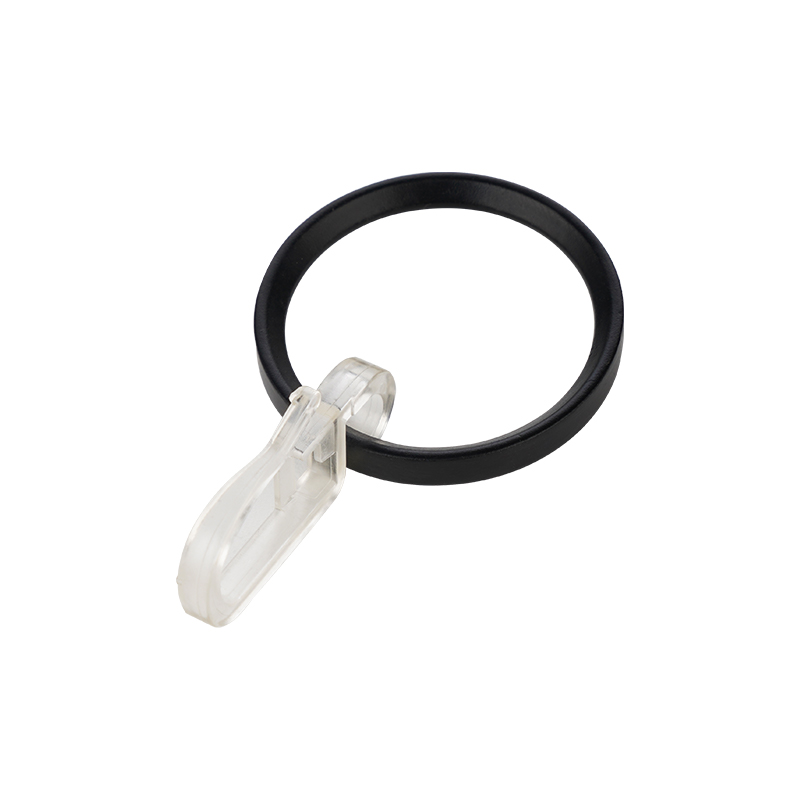The load-bearing capacity of curtain hooks plays a vital role in the use of curtains. To ensure that curtains can be hung stably for a long time, the material and structural design of curtain hooks must be able to bear the weight of the curtains and not break, bend or loosen during daily use. High-quality curtain hooks are usually made of high-strength metal materials (such as stainless steel or alloy) or strong engineering plastics, which have good compression, tension and wear resistance and can stably support the weight of curtains.
For lighter curtains (such as screens, thin curtains, etc.), ordinary plastic or light metal curtain hooks are usually sufficient. However, for heavy curtains such as blackout cloth, flannel or multi-layer curtains, curtain hooks need to have a higher load-bearing capacity. To meet these needs, the design of curtain hooks is often reinforced, using thicker materials or strengthening support points to ensure that they will not deform or break even when bearing heavy weight.
The shape and structure of curtain hooks are also one of the factors that affect their load-bearing capacity. For example, if the hook part of the hook is designed to be too small or weak, it may not evenly distribute the weight of the curtain, causing the hook to break or stretch when overloaded. In order to enhance the load-bearing capacity, many curtain hooks use wide hook surfaces or reinforced connection parts, which can better share the pressure of curtains.
The installation of curtain hooks is also a key factor in ensuring their load-bearing capacity. If improperly installed, the connection between the hook and the curtain rod or track may not be strong enough, causing the curtain to be unstable during use or even fall off. Ensuring the compatibility of the curtain hook with the curtain track or rod system and installing it correctly can help improve the load-bearing capacity and prevent damage caused by loosening or installation errors.
Some curtain hooks also adopt anti-loosening design to increase the fixation of the hook to prevent loosening due to vibration or external force during long-term use. For curtains that require higher load-bearing capacity, there are also some specially designed reinforced curtain hooks on the market. They can withstand heavier loads and are particularly suitable for commercial or heavy curtain occasions.
For some special-purpose curtains, such as large-area curtains in commercial places, theaters or offices, more sturdy and durable curtain hooks are often required. At this time, the load-bearing capacity of the curtain hook is not only considered based on the weight of the curtain itself, but also the additional load caused by frequent opening and closing. Therefore, it is particularly important to choose curtain hooks with high load-bearing capacity.
The load-bearing capacity of curtain hooks is affected by many factors, including its material, structural design, installation method, and compatibility with curtain rods or tracks. Choosing the right curtain hook can ensure that the curtains are hung stably, avoid damage or loosening due to improper load-bearing, and extend the service life of the curtains and curtain hooks.
